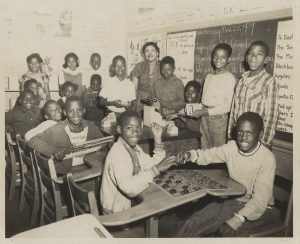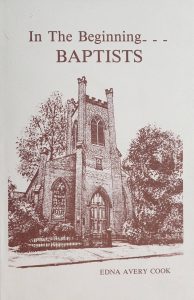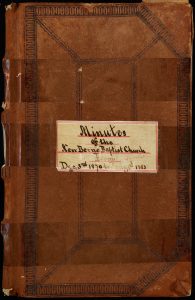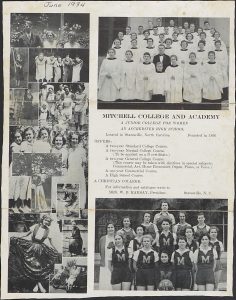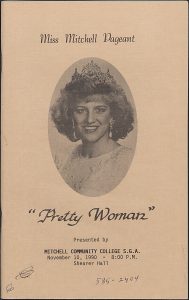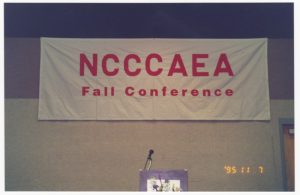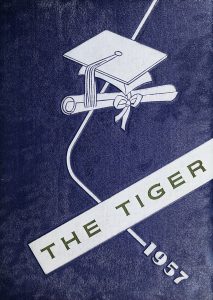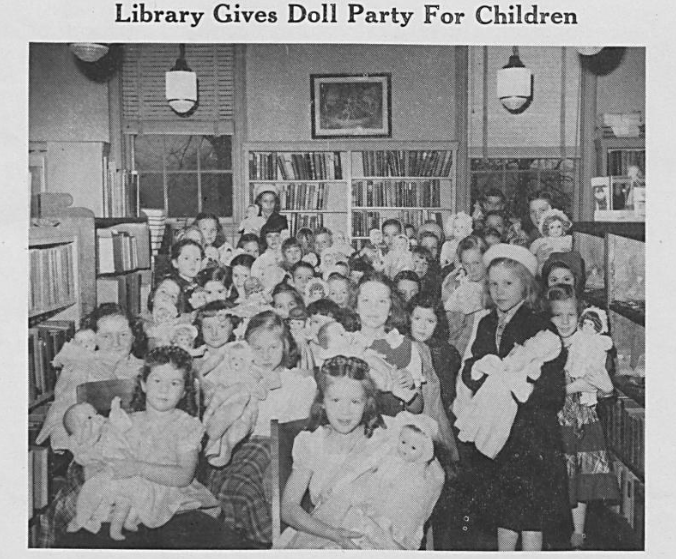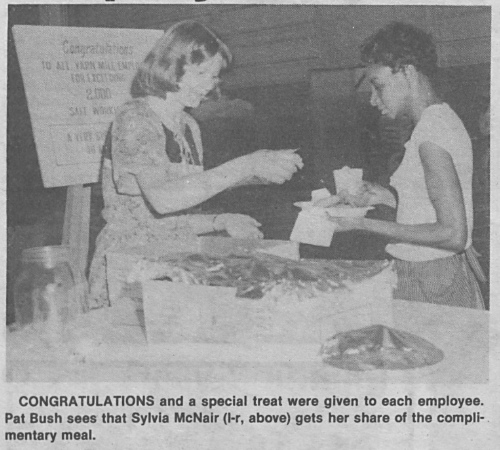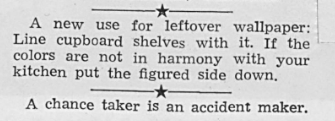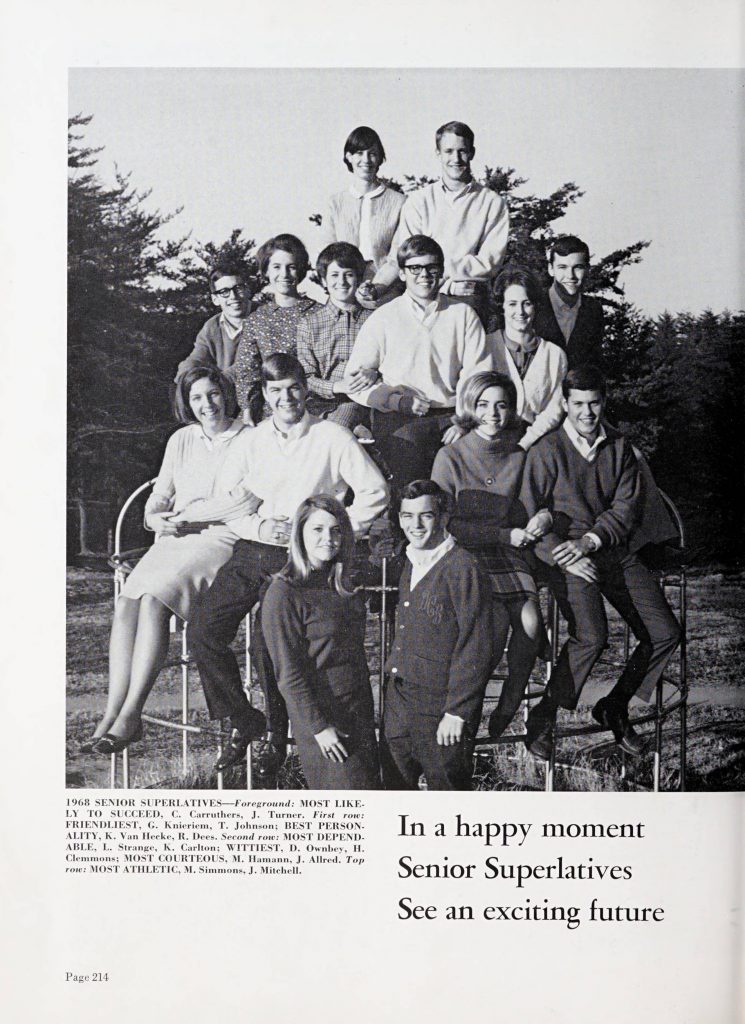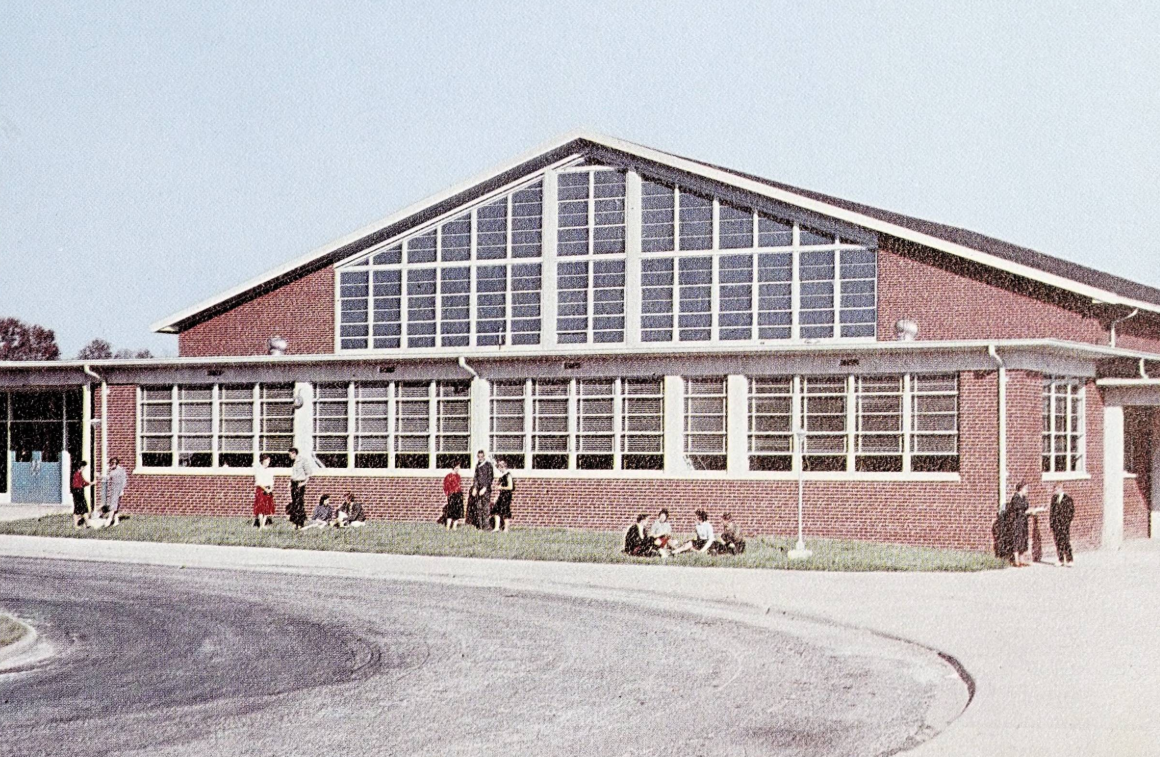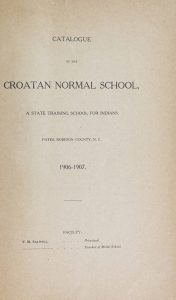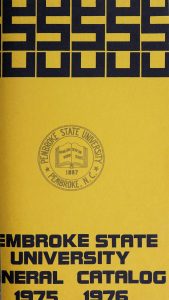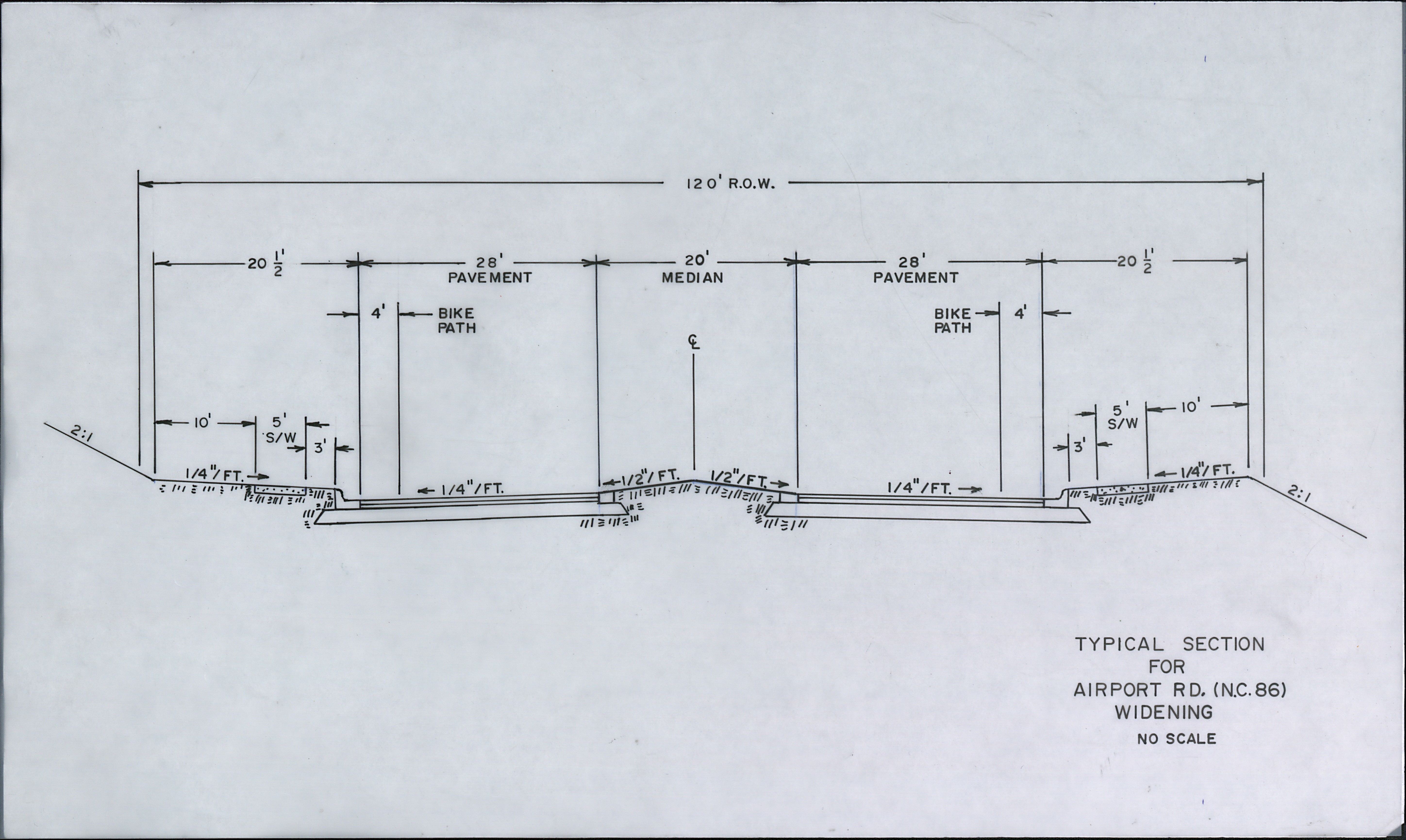DigitalNC partner Cleveland County Memorial Library provided us with a rich collection of documents, photographs, and yearbooks related to the history of Black citizens in the area. Much of the collection focuses on Black schools that were established during the era of Jim Crow and segregation. These schools were created out of necessity but did not survive integration, leaving their history vulnerable. Fortunately people like Ezra A. Bridges, a longtime educator and community activist, made it a priority to preserve items related to the Black experience in Cleveland County.
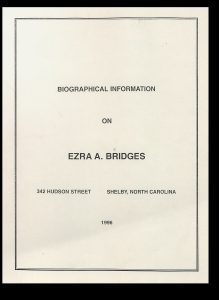
Biographical Information on Ezra A. Bridges.
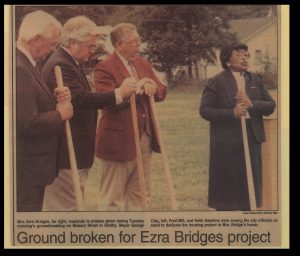
Ezra A. Bridges at groundbreaking.
A few highlights from the collection are the yearbooks, various histories of schools in the area, and photographs of students and educators. There is a lot more in this important collection of materials that stress and celebrate Black citizens of Cleveland County and their relentless pursuit of education and proper representation. To see more from Cleveland County Memorial Library visit their contributor page.
